The impact of gender on the perceived value of travel time in Europe, part of the MoTiV project, is explored in this transport analysis
Even in the most advanced societies, different races do not have equal opportunities for mobility. It is increasingly recognized that gender plays an important role in transport planning, with previous studies showing that transport policy and mobility planning are more closely tailored to the needs and activities of men, while women’s different experiences are underrepresented. These results understandably reveal differences in needs and requirements from the transportation system. To create a more balanced transportation system that increases accessibility to all modes of transportation, it is necessary to distinguish between travel needs and desires of individuals, which are also closely related to life conditions influenced by factors such as gender, ages and socio-economic conditions. Situation.
There is well-established knowledge about the differences between male and female travel behavior. Women use public transport more than men, travel shorter distances, have more complex journey sequences, and travel more often with children or other dependents. Women are also more likely to face barriers and restrictions in terms of physical accessibility, safety, security, or lack of time (due to traditional gender norms). However, this knowledge is rarely taken into account when planning current (and future) transportation systems; Not taking into account differences in travel time, which limits access to education, employment and other activities, affecting well-being.
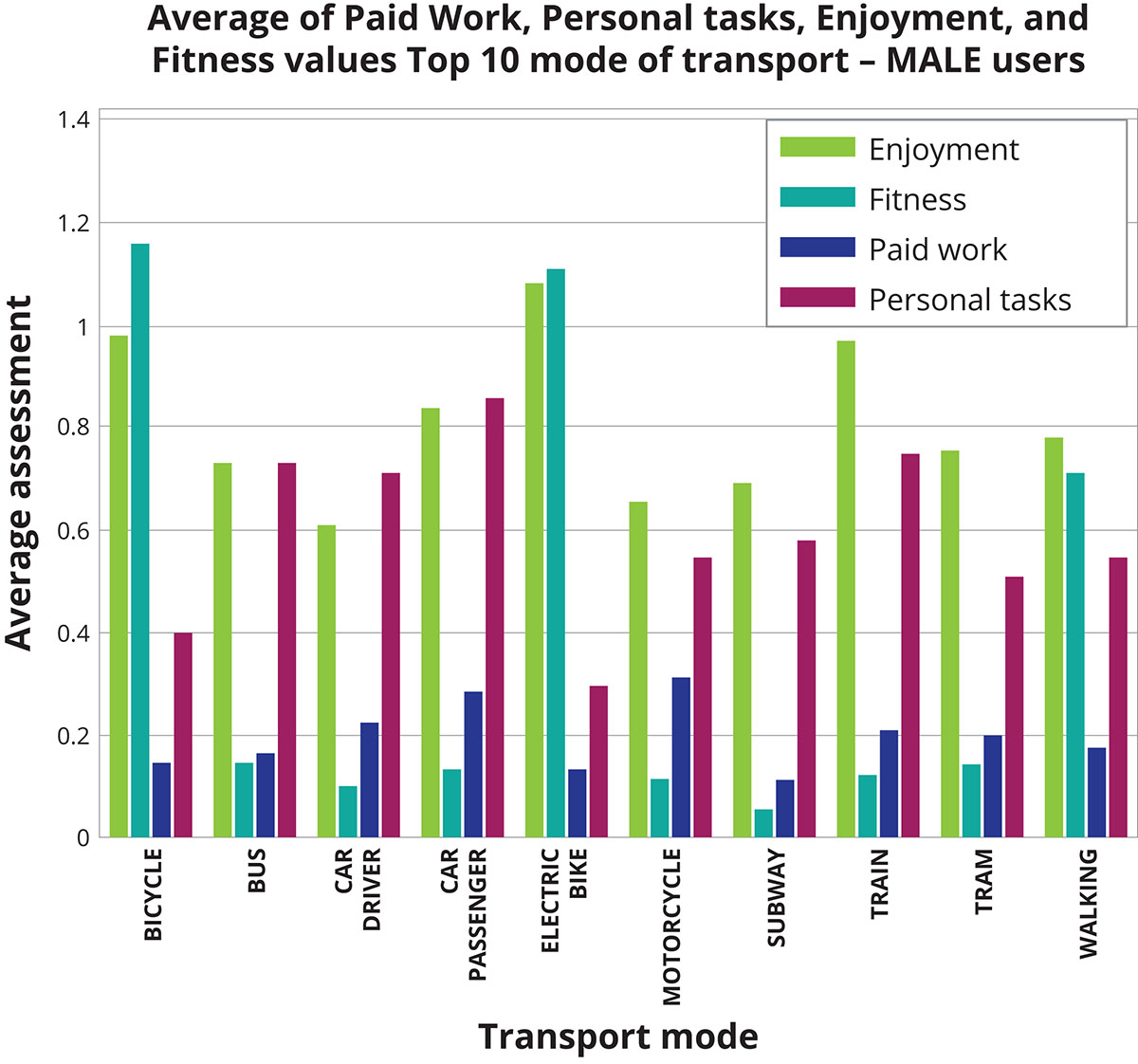 How do people view travel?
How do people view travel?
This, along with other areas, is one of the main topics that the MoTiV project seeks to investigate by looking at how people perceive travel (i.e. their experiences of travel time). The study collected more than 70,000 data points, based on three core values: productivity, fitness and enjoyment, which can be cross-referenced with a range of demographic information in eight EU countries; Belgium, Finland, France, Italy, Norway, Portugal, Slovakia and Spain. From this information, we hope to re-evaluate the definition of value of travel time (VTT), and create new understanding and/or ways in which this can be applied. The project will inform policy decisions and measures from a cross-European perspective, going beyond the traditional time- and cost-saving approach, to include the perceptions of different genders, generations, cultures and social contexts.
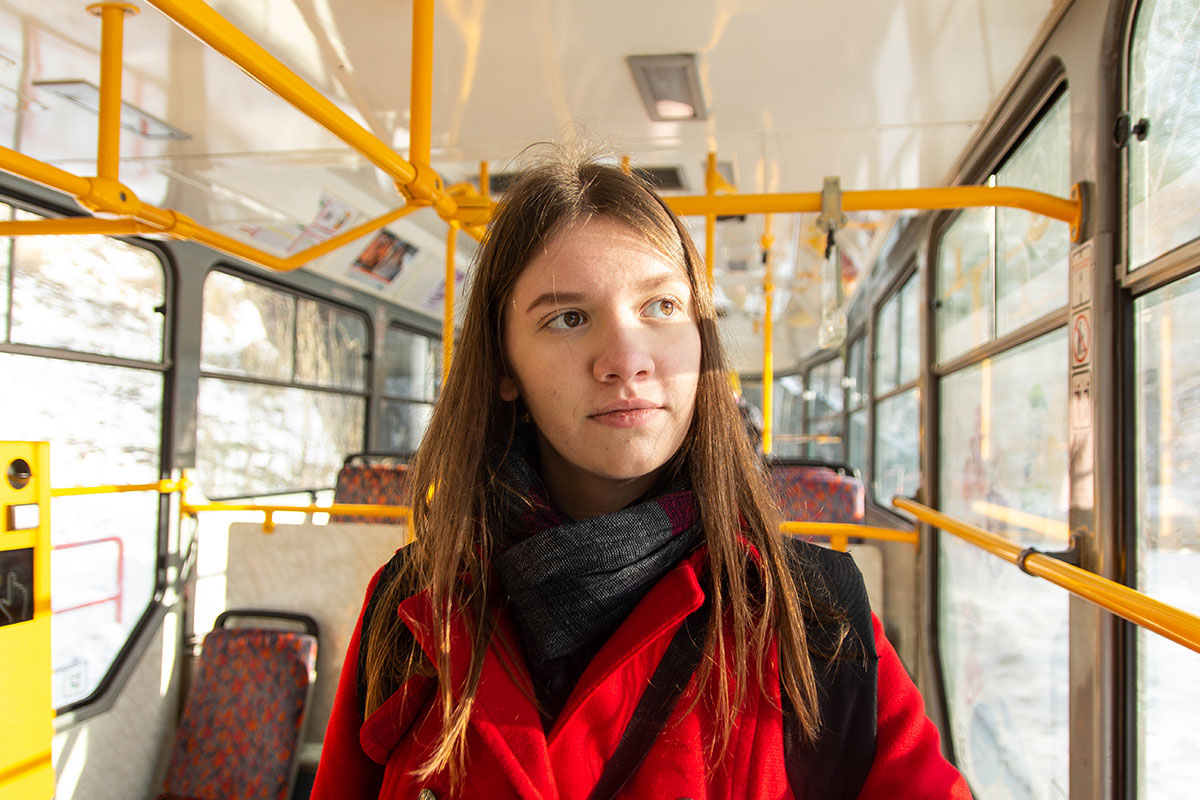

Female travelers
By understanding the relationship between the traveler’s preferences, behavior, and the barriers she faces; Transport systems can be better designed to suit women’s activities and mobility needs, by putting their perspective at the centre. This knowledge is expected to support transportation policies, leading to a more holistic approach to transportation investments, adding the perceived quality of travel time as a variable to transportation investments/planning. Recent advances in the study of mobility behavior (e.g., data collection through smartphone apps) allow us to “account for the gender gap” in transportation data by capturing data on activities undertaken during travel, and factors that enhance or diminish the travel experience.
According to Dr. Floridia de Chomo, principal researcher in travel behavior at Cambia MO, Spain, “Social evidence shows that women are more oriented towards environmentally friendly behaviour, such as using public transport and environmentally friendly transport, than their male counterparts.” As such, it is now important for public transport providers to recognize that the majority of their customers are women, and therefore provide services that better represent them.
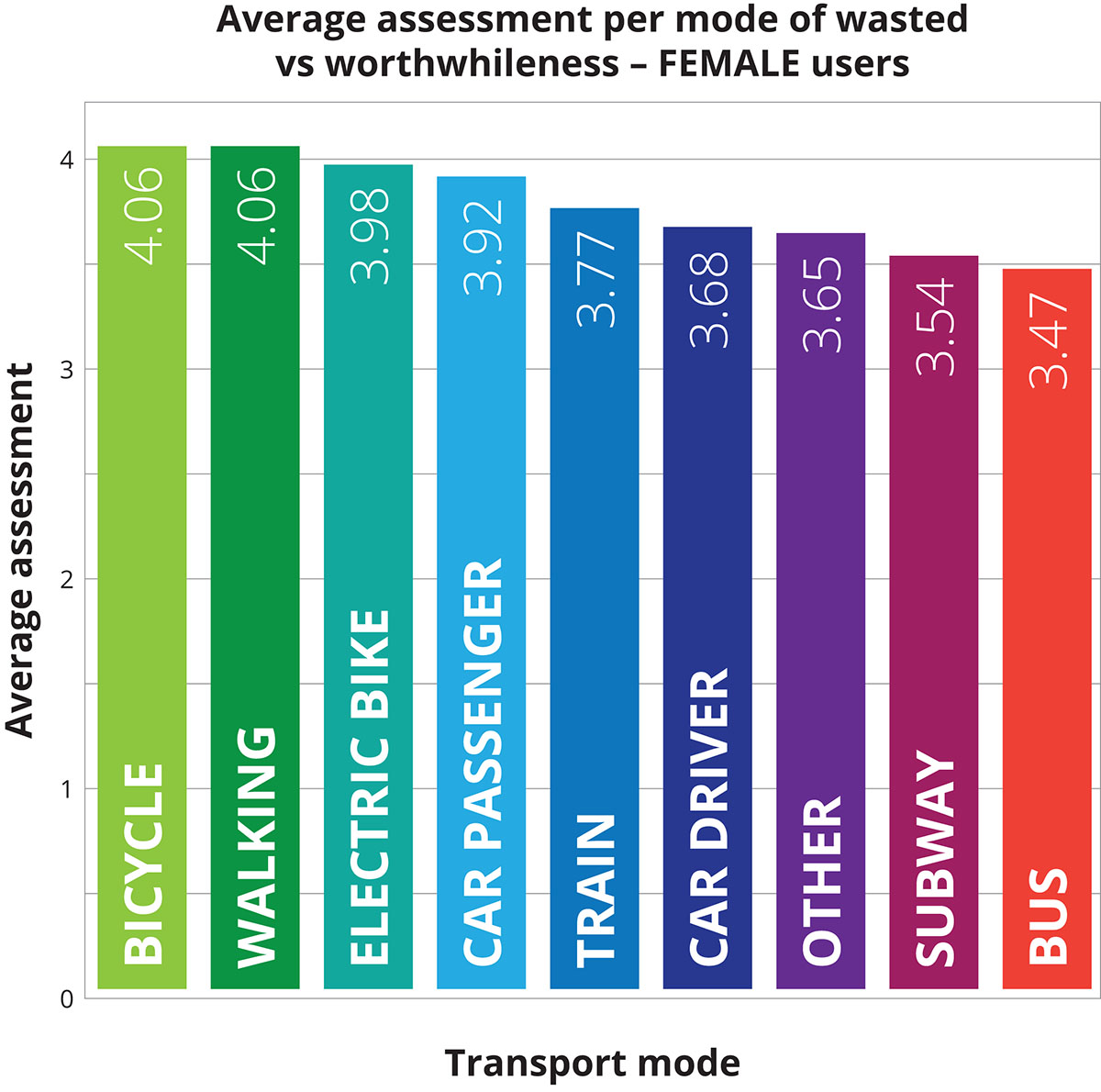

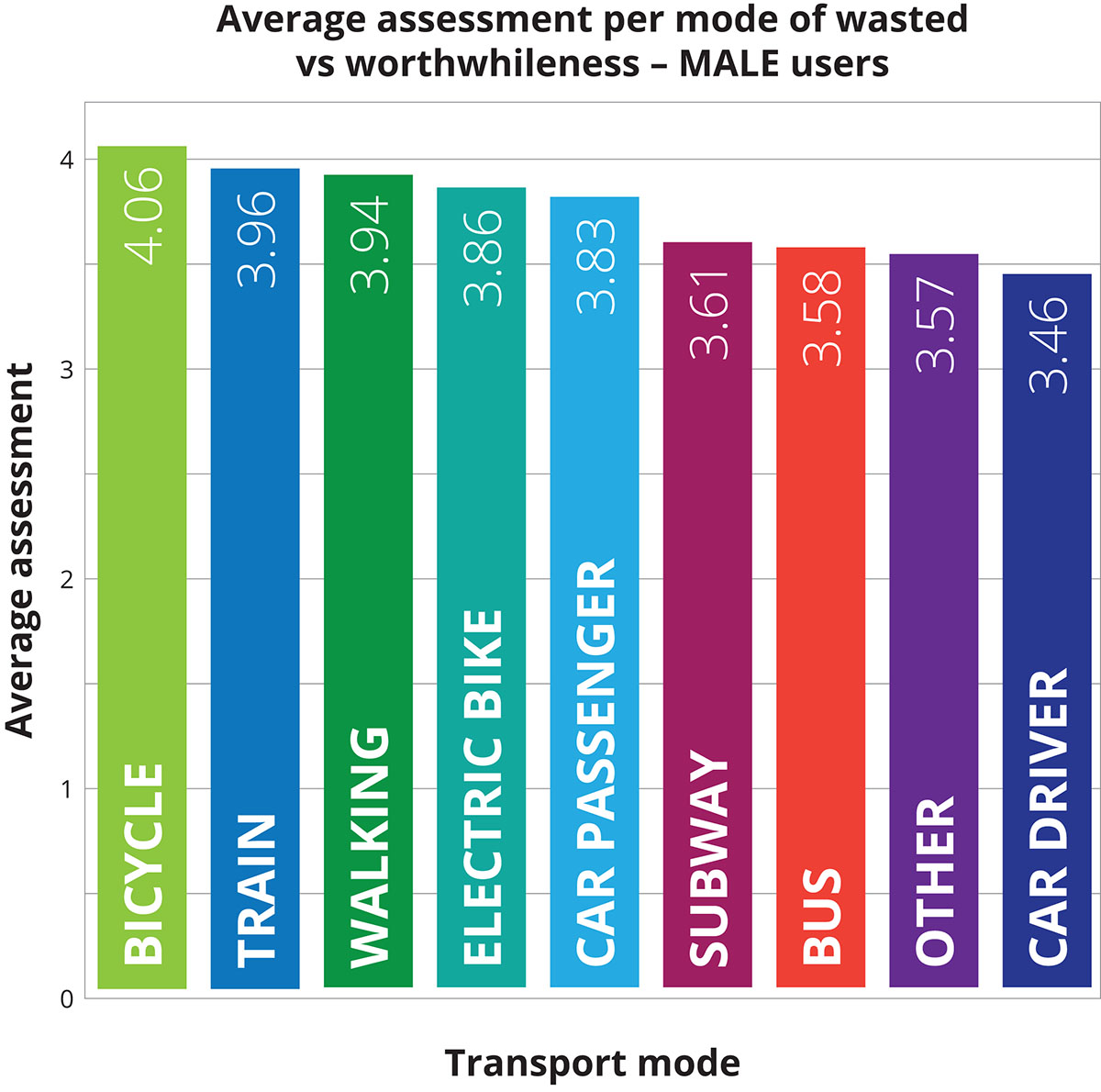

In our initial research, we uncovered evidence that for the 10 most used modes of travel, women:
A) You find cycling and walking more “useful” than men for long and short distances, but men ride bikes more. b) They prefer other means of transportation to taking the bus or the subway, yet they are still the most common users of public transportation. c) I find driving more “worthwhile” than men when they are in the driver role, even though men make up the majority of drivers.
This knowledge was extracted from 5,000 travelers in a bottom-up approach using the MoTiV app (also known as Woorti) for at least two weeks.
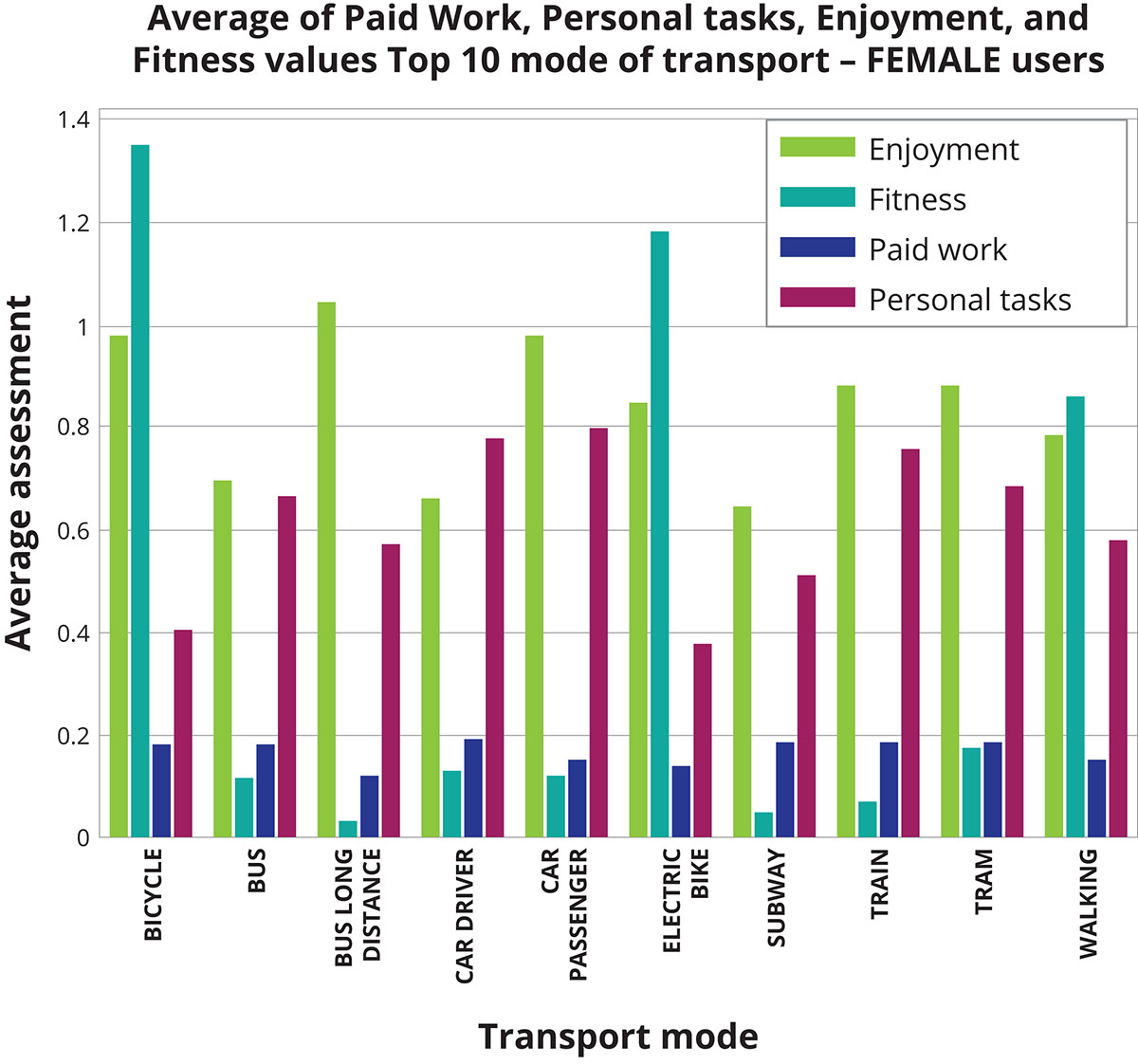



So far, preliminary research conducted by MoTiV has revealed that enjoyment of travel time matters most to people when using private and public transport, followed to a lesser extent by productivity in their personal tasks. For active modes of transport, it is not surprising that physical fitness is seen as being of much greater importance to travellers, with productive factors being less important.
In order to better assess how women choose their mode of travel, the MoTiV findings will be expanded by focusing on assessing women’s experiences and specific transport requirements, through a specific exploration of their perceptions of mobility constraints and needs. Women’s perceptions and attitudes about current ICTs and new mobility services in transport systems will be explored to understand whether these types of solutions can improve experiences or to what extent they can have negative impacts. The results of the MoTiV project will also facilitate evidence-based support and in-depth understanding of effective factors, such as perceived VTT of security and safety and risk of violence in decision-making on travel mode choice and activity participation.
MoTiV’s data collection is the largest initiative to apply an innovative smartphone-based approach to collecting people’s mobility behaviors and travel patterns, with a focus on VTT in Europe. Its findings will have important implications for urban and transport planners, policymakers and authorities to implement more gender-sensitive designs in urban mobility plans and prepare inclusive transport policies, tailored to women’s needs and travel preferences. Importantly, in addition to further analysis of the project results, an open source version of the Europe-wide dataset created by MoTiV will be made publicly available, for wider use by the scientific community, policy makers and other relevant stakeholders to stimulate further research on the topic. The dataset will be accessible via the project website and related open data repositories in June 2020.
For more information about the MoTiV project and its activities, please contact Alberto Villa or Ghadeer Bourhashem.
Please note: This is a commercial profile
Motiv project
www.motivproject.eu
www.twitter.com/MoTiV_Project





